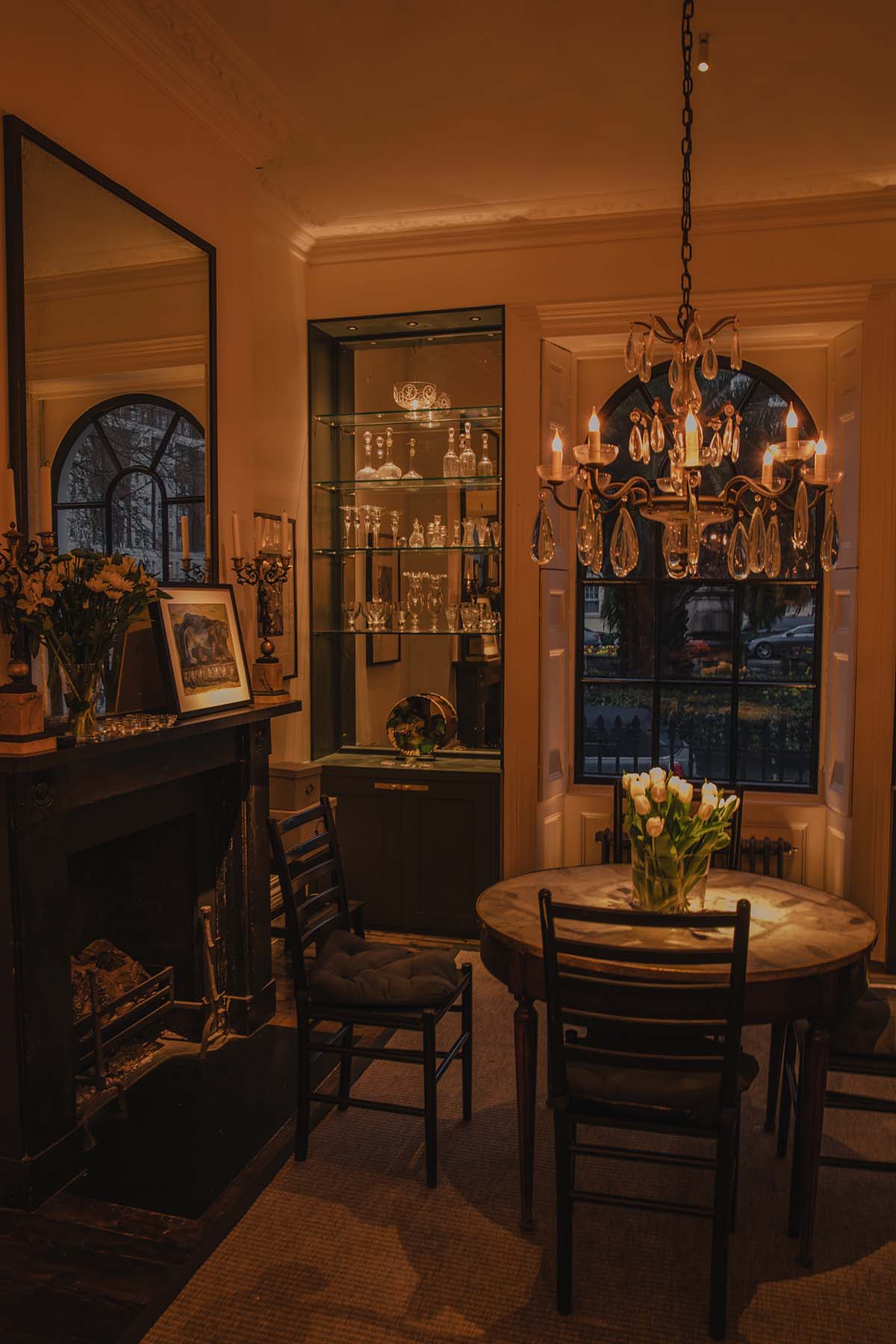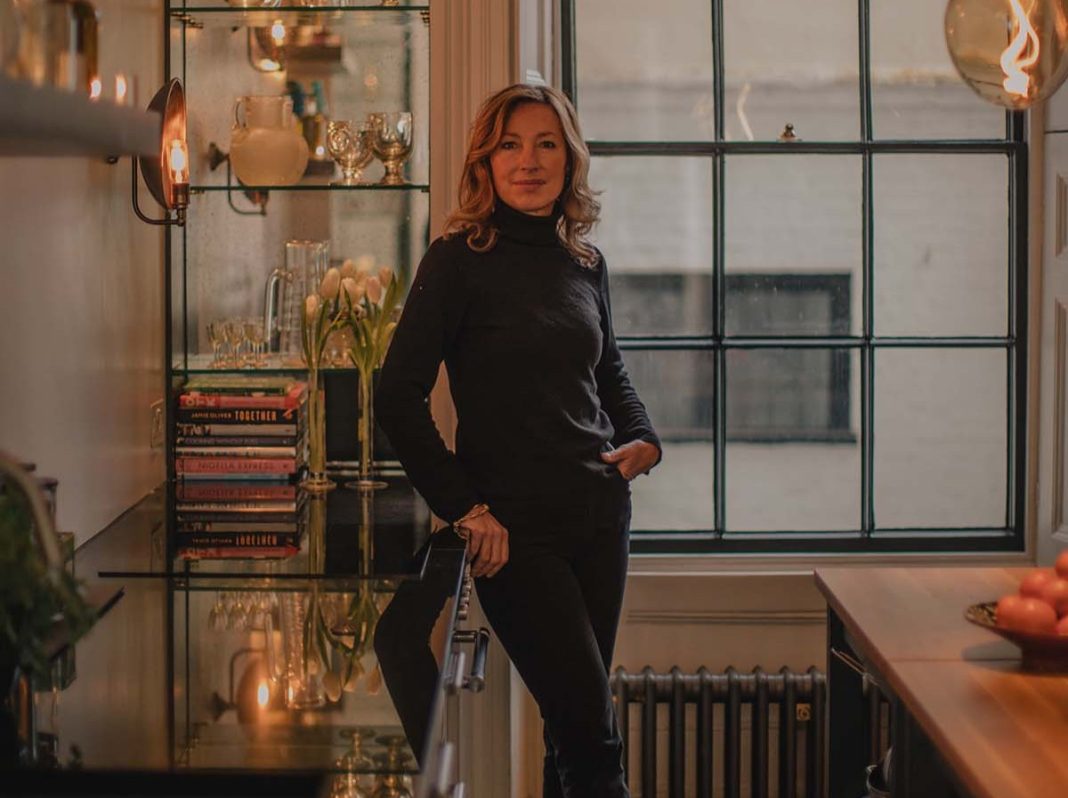A combination of task, ambient and accent lighting will help you find your way home says Sally Storey, creative director at John Cullen Lighting
You can put on an amazing outfit and have your hair and makeup done professionally, but stand beneath the strip lighting in the changing room of a high-street shop and you’re only going to see your flaws. We all know this. Yet how many of us spend hours trawling through paint samples and fabric swatches when decorating a room, only to light our agonised-over choices with a couple of lamps we only bought because we liked the shade?

How comfortable we feel in a room often comes down to how appropriately it is lit – just ask the architectural lighting designer Sally Storey, creative director at John Cullen Lighting and author of Inspired by Light. “It happens almost on a subconscious level, but lighting always elicits an emotional response,” she says. “And what you want to do in your house is think about how you can choose lighting that makes your home usable throughout the day.”
A thoughtfully lit room should have a combination of task, ambient and accent lighting so that you can move between functions with ease. “Ambient lighting is what’s going on in the background – for example your lamps and pendants in the living room,” explains Sally. “Task lighting is something with a focus, such as a bedside reading light or kitchen downlights. Accent lighting might be used to highlight a feature such as shelving, pictures or flowers on a coffee table.”

The lighting designer recommends having a switch circuit for each of these elements – task, ambient and accent – so they can be dimmed individually. Keeping them separate means the brighter, task-focused lighting you use while cooking in the kitchen, say, can be switched off later in favour of ambient lighting for a relaxed meal. It’s also fine, she says, to have each ‘element’ a different colour temperature. “You wouldn’t have multiple bulb temperatures on one shelf, but you may choose to have a warmer temperature for all of your shelving and other accent lights than you do for your ambient lights.”
Be mindful of where the light points. “Instead of having a grid of downlights in the kitchen, I might direct the perimeter of the lights towards the wall, cabinets and shelves so that the light reflects off the surfaces and feels brighter and lighter,” says Sally. “In a bathroom, if there’s a freestanding bath with a tiled wall behind it, I’ll uplight the back wall for a spa-like feel and then pair it with one single, narrow downlight over the bath so that when you fill it with water, the ripples are reflected on the ceiling.”

An insider tip: pay attention to the colour rendering index, or CRI, of LED lights. “This refers to how the light renders the colours surrounding it. Daylight has a CRI of approximately 100, and if you want good quality light you should look for a CRI above 90,” says Sally. “Go below that and the environment will feel flatter and drained of energy. Lighting with a higher CRI is more expensive, but it’s worth it.”
Sally’s first online course, Learn the Art of Lighting Design, is available on the Create Academy website for £97.
Visit the Create Academy website | Follow Create Academy on Instagram | Follow Create Academy on Facebook
Jessica Buckley launches The Northern Light Palette with Edward Bulmer





